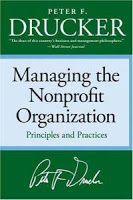NHF’s 63rd Annual Meeting in Chicago!
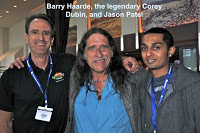
The NHF 63rd Annual Meeting drew about 2,800 congregated from as far away as Guam and Israel to join Americans with hemophilia and the companies and medical staff who care for us. You can meet patients of all types, drug reps, homecare companies, and the nation’s top hematologists, nurses, social workers and other medical staff. You might even meet a celebrity ballplayer!
I’ve been attending since 1991, 20 years! It is pure joy to run into my friends and colleagues, see their children all grown up and healthy, and to meet new families. Often I am asked to give presentations, but this time, except for a Friday night presentation to a group of social workers and nurses, I was off the hook. There to network, socialize and learn.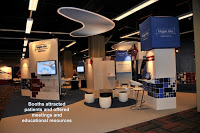
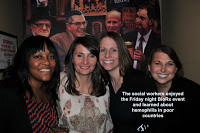
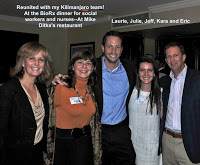
For three days there are symposium and lectures, and plenty of opportunities to meet company reps to ask questions. CJ Wilson, former pitcher for the Texas Rangers, who was in the World Series, was on hand to meet children and sign baseballs. I was able to say hi to him, and he smiled when he remembered that I had put him in touch with the South African Hemophilia Foundation last year, when he asked to meet kids with hemophilia there while on vacation! You have to love a star athlete who does that.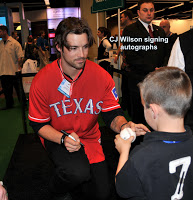
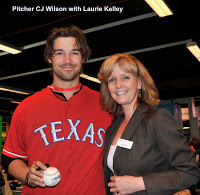
I attended the Baxter Symposium Saturday morning, all about staying fit. Barry Haarde spoke about having hemophilia, HIV and Hep C, but being able to lead an active life. That’s an understatement: the man is fit as can be, lean and bikes hundreds of miles a week. He is a serious inspiration to me. Last week I read his Facebook note about how much he biked, and I literally got right on mine and cycled 18 miles. Also, Tres and Morgan Major spoke about raising three boys with hemophilia, and how they all stay fit by doing Tae Kwon Do and other activities. They are a family to admire: solid values, a plan, and togetherness expressed in physical activities and faith sharing.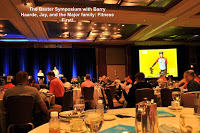
One of the more interesting things I saw was “Cubixx,” a revolutionary way to record factor usage that may be offered next year–a dorm size refrigerator that requires you to log in bleed information before you can access your factor.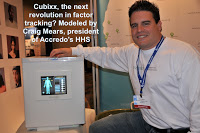
And one of the most beautiful things I saw at the event was the Remembrance Quilt, which was put in a quiet place, hung so you could almost be enveloped in its silence, sewn by all those who lost loved ones to AIDS.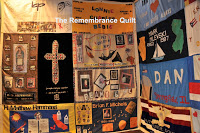
The final night activity was hosted by Biogen Idec Hemophilia and featured “Blues Brothers” DJs, with plenty of food. I think hundreds showed for this great time.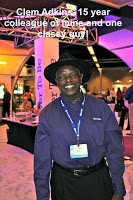
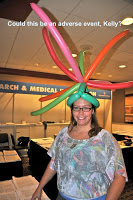
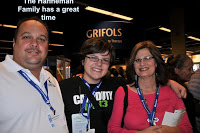
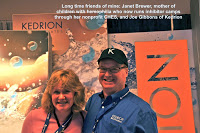
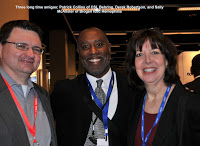
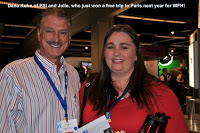
Next year’s meeting is in Orlando, and I hope even more families can come for connection and learning. Thanks to NHF for another excellent event, for all their hard work, and thanks to all the companies that sponsored this amazing conference!


